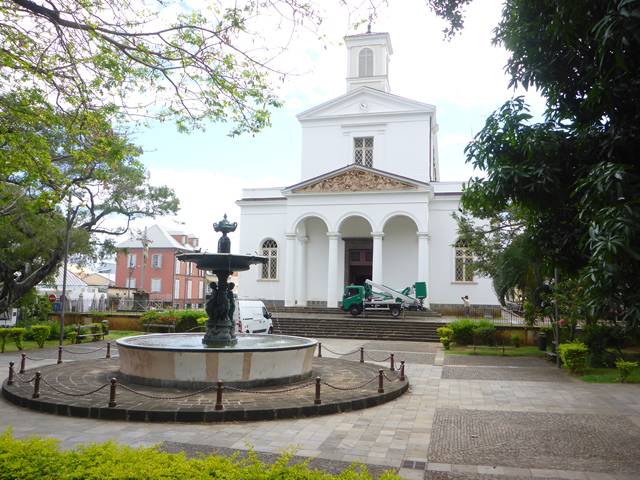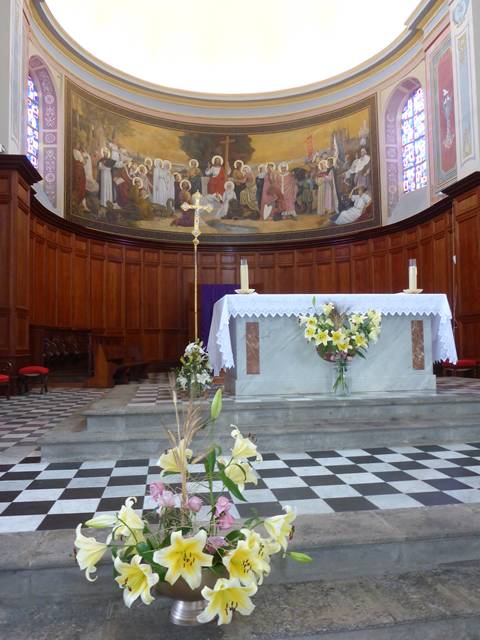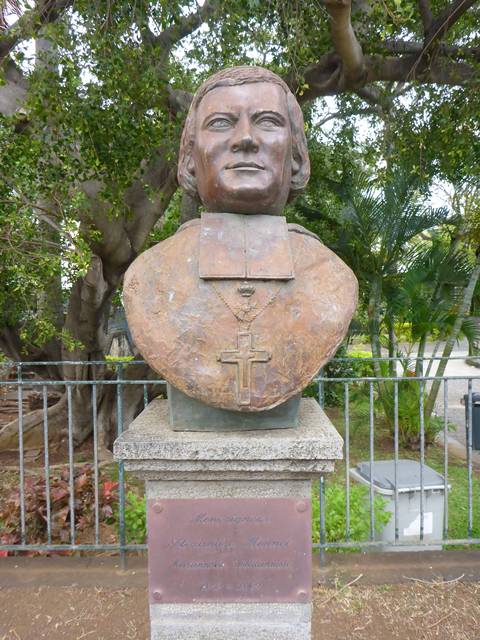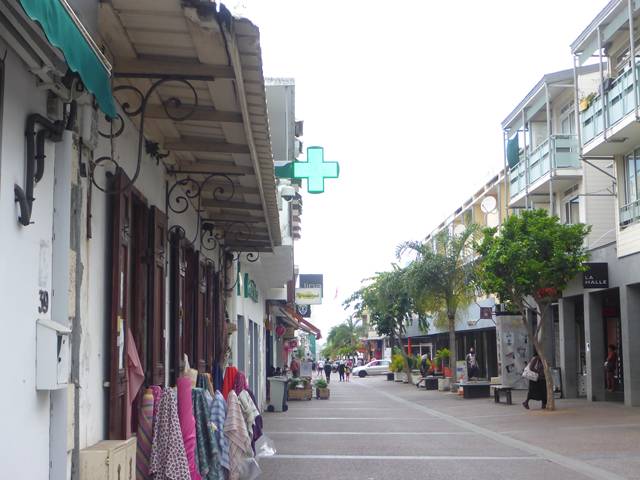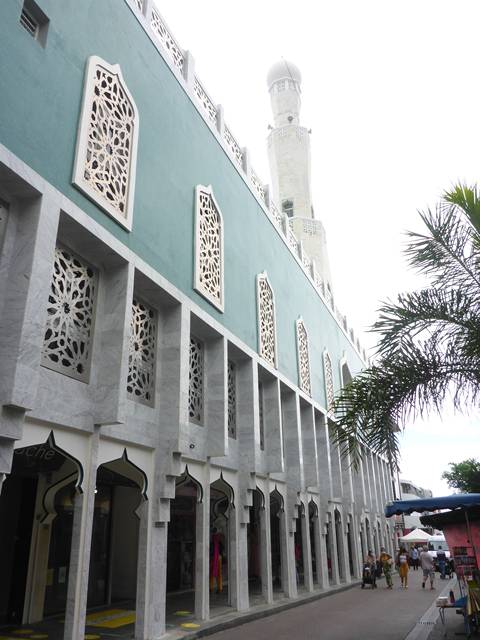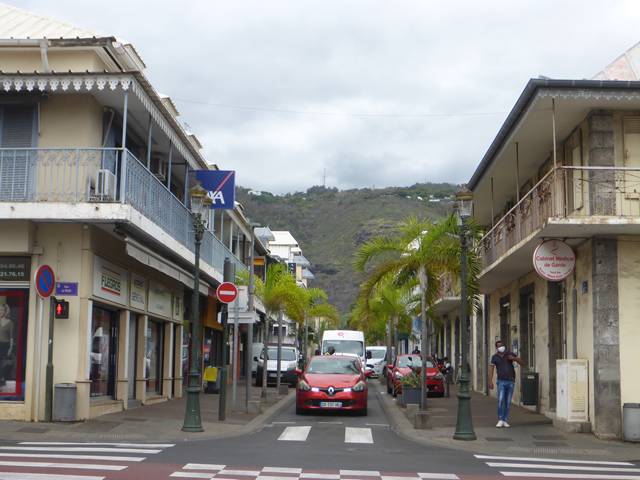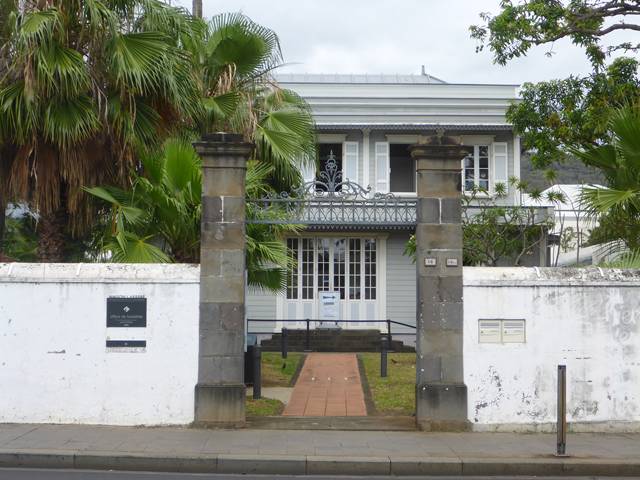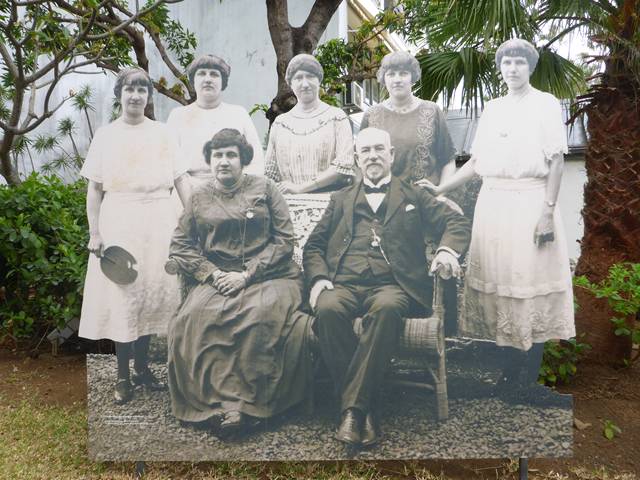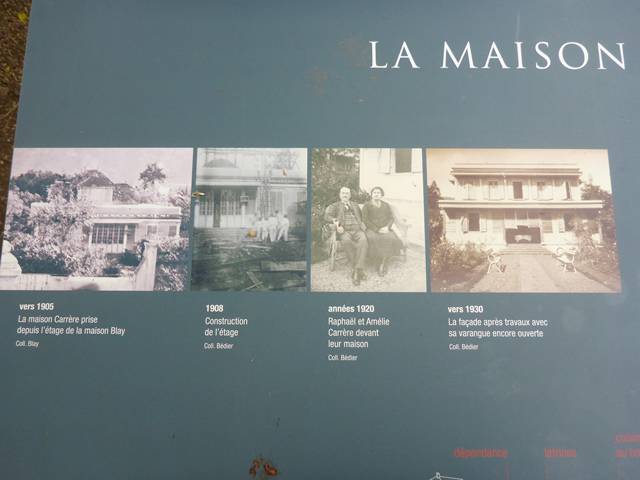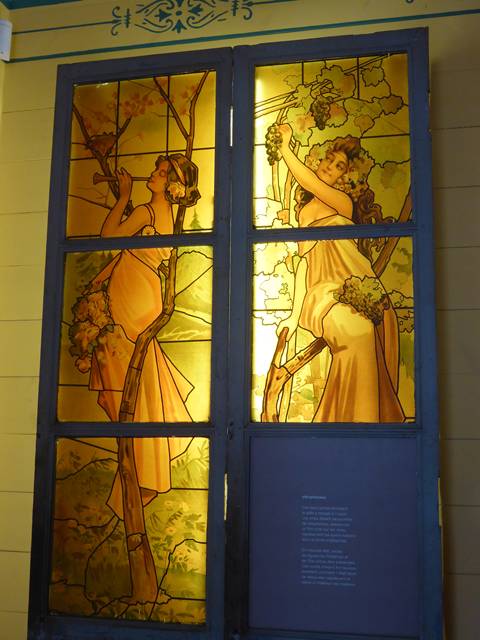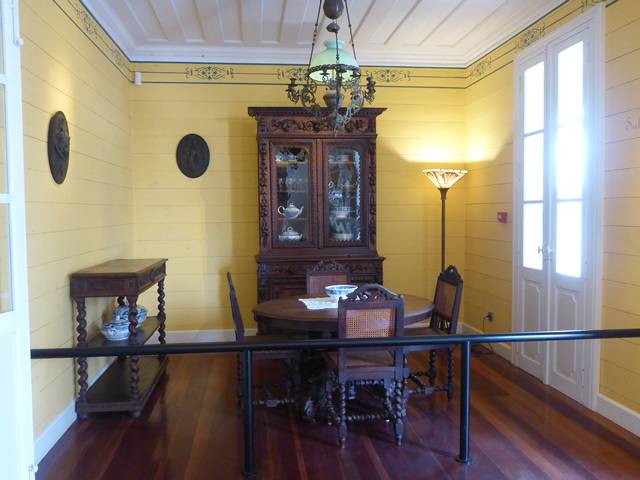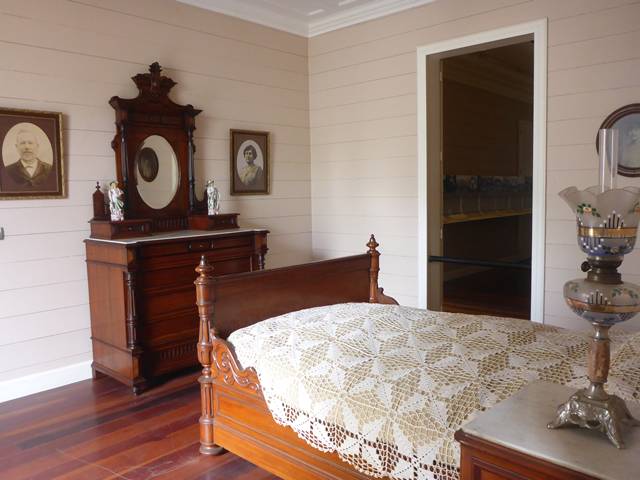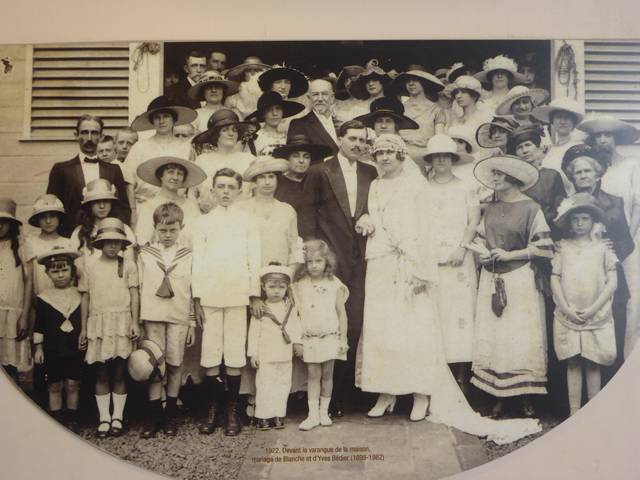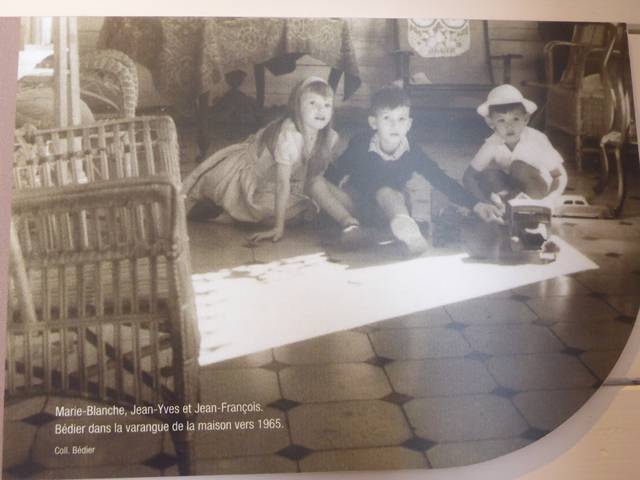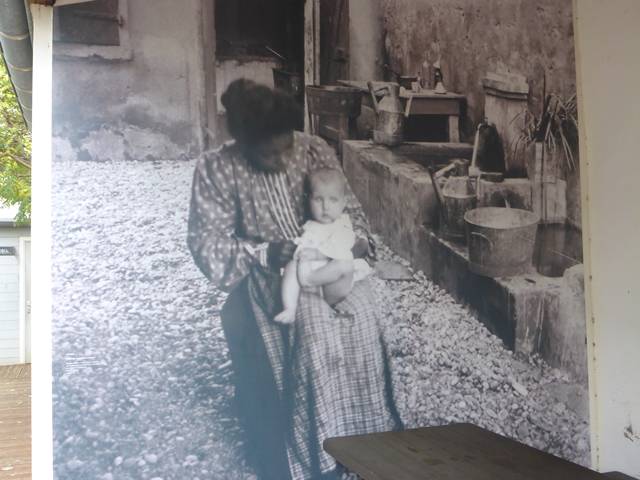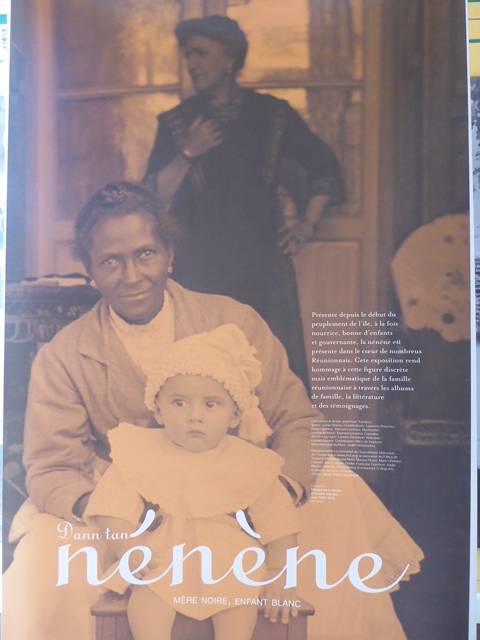Basalt Knights in Pewter Armour and first of two photo files

|
St Denis Basalt Knights in Pewter Armour There were tropic bird nest boxes hanging on the chain mail that clad the basalt cliffs we noticed, as our car jaune yellow bus sped along the National Highway on route to St Denis, presumably there to replace the natural ones in the cliff-face, hidden after the measures to secure rock fall were draped over the edge; basalt knights in pewter armour. We knew they were for the tropic birds because we saw these exotic birds using them. The museum photos of the white birds with their ‘go fast’ black stripes are the best I can do. The town was laid out checkerboard style by engineers of the East India Company in 1733 and as its clings to the slopes of the Piton Neiges Volcano and abuts the Indian Ocean around two of its sides, our coach station sat between the main Boulevard Lancastel and the sea. So it was all routes upward for us. A right turn at the top of Rue Pasteur brought us to the Cathedrale Saint-Denis where Alexandre Monnet was remembered for his part in the emancipation of the slaves. It is a pleasantly modest building uncluttered by a strong architectural statement. Turning around towards the Rue de Paris there is the Old Town Hall, L’Ancien hotel de ville de St Denis and the war memorial to the ‘morts de la Grande Guerre’. As you might expect of a proud capital city some of the old houses have survived the demolition fervour of the 60’s and 70’s. Built either in wood from Africa or in the local rock, plastered and decorated in creole or classical style, or a mix of both, they are a reminder of the ‘Golden Days’ of sugar; but many were just too expensive to restore. The story of the wooden ones reminded me of New Zealand. Sometimes a family would see a house they liked in another part of the island and would buy it and have it moved to the capital, this facilitated by the clever design of the craftsmen when it was first built. Raphael Carrere and his family lived at the enviable address of La Maison Carrere, 14 La Rue de Paris, La Reunion and was a cultured middle class sugar broker, married to Amelie and they had five daughters, from left to right in the photograph, Stella, Jeanne, Raphaela, Blanche and Lilia. It was perhaps the fact that poor Blanche died at the age of 27 giving birth to her second child, Yves that none of her four sisters ever married. Yves’ children still live on the other side of the island. They had a privileged upbringing, cared for from babyhood by Nenenes (Black nannies) they would have witnessed the busy comings and goings in the household. Visitors were welcomed into the Varangue, or reception room and then moved on to either the office for business or the small living room for social gatherings. We approached the house from the formal front garden adorned with flowering plants, fruit trees, orchids and other rare plants, and the photo of the family; towards the main creole entrance designed in such a way the house is blessed with whatever breeze is circulating. To the right of the house is the back yard where the chores of cooking and washing were carried out in out-houses, some without a front wall and others enclosed and for the storage of food. Only the gardener lived on the premises, all others including the Nenenes came daily from a short distance. On the opposite to public side of this typical creole house is a private rural garden where the family could imagine they were magically beamed to an idyllic location in the country. Unless of course they really had a villa somewhere like Hell Bourg as we have already seen. As his family and wealth grew Raphael decided to add another complete floor to his home which included a bedroom each for his five growing girls. The beautiful multi-coloured wood for the floors came from Africa and is referred to as Natte, whether this refers to the fact they do not shine or some other meaning I am not sure, it translates as ‘mat’ or covering, maybe matt as in ‘without a shine’, just a delicious sheen. In the dining room we were shown a beautiful pair of original illuminated semi-glazed doors decorated with Pre-Raphaelite fey ladies in the high fashion of 19th Century Metropolitan France. No cultural backwater this place! A kind lady showed us around, she practising her English and me my French, but there are offices upstairs now so we couldn’t see the girls’ bedrooms. The building was brought from the family in 2001 and restored in 2006 and it now earns its keep as the Office de Tourisme and a venue for conferences, business meetings and meals, fashion shows, and parties of all kinds both inside and outside in the garden, which will hopefully resume post pandemic. A short distance further up the hill, (all downhill afterwards back to the bus, with a bar on route we planned) we wandered alongside the raised water-garden in the Jardin de l’Etat, the fountains flowing with pale green algae filled water, reminded me of candles crafted from wax heated in copper vats, that produces the same pretty green. Our one Museum of the day, the Museum d’Histoire Naturelle revealed collections of ‘animal, vegetable and mineral’ from all over the world; an enlightened determination to bring the wonders of the world to this tiny island in the Indian Ocean from the day of the museum’s inception in 1855. Back through the garden was an al fresco exhibition of photographic portraits depicting tableaux of creole life, symbolism and costume and thus it was difficult to not imagine St Denis in its heyday. We found our little Bar A Cas as you can see, for a relaxing hour, and as we sped back to Le Port realised we had missed the Petit Marche and the Caserne, (Barracks) and Redoute of the historic military area, but then you cannot do everything in one leisurely day can you?
|

